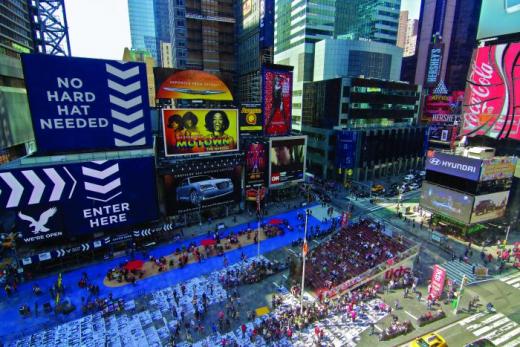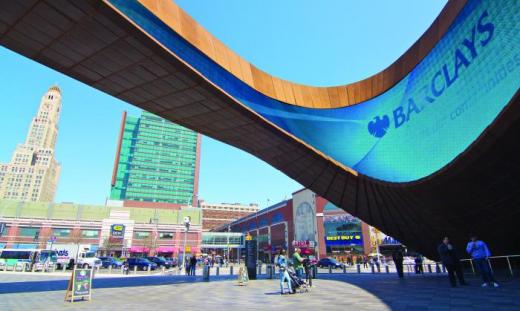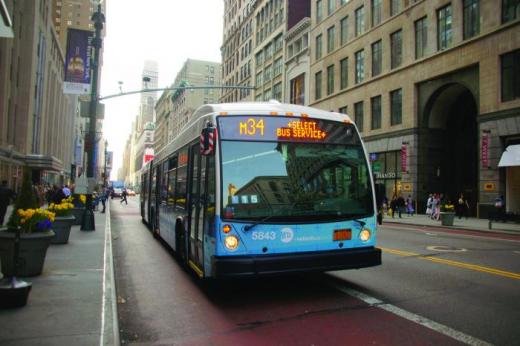
Over the past eleven years, Mayor Michael Bloomberg, understanding that private dollars follow investment in the public realm, has led a dramatic makeover of the city of New York. Transforming a piece of dilapidated infrastructure into a global destination? Check. Dramatically improving public safety through an ambitious program of bike lanes, streetscape improvements and pedestrian plazas as epitomized by the transformed Times Square? On it. Catalyzing redevelopment of the city’s waterfront by introducing major new parks? Done. And the list goes on.
During SPUR’s study trip to New York this past April, the perspective we heard was decidedly onesided and deserving of scrutiny. But in our meetings with city officials and civic leaders, a sense of urgency and deep commitment to the mayor’s longterm vision were palpable. With less than a year left in his final term, they literally were counting the days.
Especially notable was a focus on identifying win-win scenarios and systematically quantifying results as well as a clear emphasis on quality. “World-class design,” a mantra we heard from city leaders throughout the trip, had a visible influence on everything from transportation planning to new buildings.
Another takeaway? Decisive, forward-looking leadership empowers everyone to think big. For New York, this meant the difference between making small moves and great leaps.
Setting the Stage
Underlying all of New York’s progress is Planning Director Amanda Burden’s unprecedented rezoning of 40 percent of the city, which has enabled affordable housing, campus expansions, new parks and transit-oriented development, such as Barclays Center in downtown Brooklyn. It sets the stage for New York’s future growth and a sustainable quality of life.

More Mobility
While New York’s new bike-share program has grabbed headlines, the city also has rolled out Select Bus Service, a bus rapid transit system featuring branded buses and stops, dedicated lanes, offboard fare collection, traffic signal priority and frequent peak-time trips. Launched in 2008, the system eventually will serve seven high-demand corridors across the city, fostering new development in the outer boroughs.

Parks for People (and Business)
As New York City parks commissioner from 2002-2012, Adrian Benepe presided over a park system expansion program so ambitious that it drew comparisons with the work of Robert Moses. Achievements such as the High Line, Brooklyn Bridge Park and the revival of Bryant Park through public-private partnerships earned him high praise. Even critics of these partnerships would agree they have enhanced the city’s quality of life while bolstering investment and jobs.
Raising the Bar
To establish a new model for affordable, sustainable housing, the city co-sponsored a design competition, offering up one of its last sites in the Bronx as the prize. The mixed-income Via Verde, by developers Phipps Houses and Jonathan Rose Companies, was designed by architects Dattner Architects and Grimshaw Architects and is a centerpiece of the Mayor’s 2003 New Housing Marketplace Plan to build or preserve 165,000 affordable housing units by 2014.
